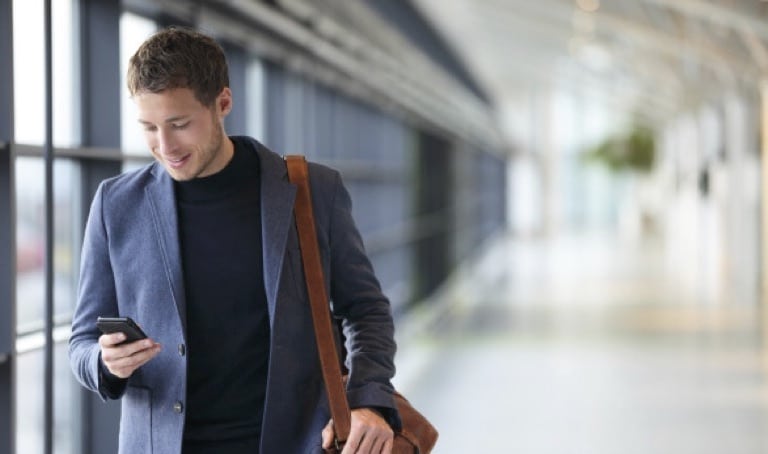Skift Take
While the use of Big Data in personalized marketing efforts is a goal for a number of businesses in the travel industry, making it a reality is a tougher sell.
Earlier this month we launched a new free Skift Travel Trends Report, The Future of Personalized Marketing In Travel, brought to you in association with Boxever, the Big Data company in travel.
Below is an extract. Download the full free report here.
On a trip to Chicago recently, Microsoft’s Bailey grabbed his mobile and searched for a restaurant near his hotel.
Hundreds of results surfaced in no particular order. Stumped, he returned to the hotel and showed the phone to the concierge, asked for his help in finding a good spot for solo diners, and was given an option a few minutes away.
“Try standing in the middle of Times Square and you get 1,000 restaurants on Yelp or TripAdvisor. That’s not helpful,” he says. “If you look at the questions I was asking, it was simple logic. The search tools I don’t think have that yet.”
If they did, Bailey’s hotel, using available data sets and software, might have known he was traveling solo and sent a suggestion to his phone moments after he checked in. This is an example of geo-fencing, or the sending location-based messages to smartphone users like Bailey who enter a defined geographic area. Most businesses are not onboard yet.
“Ninety percent of the data that we have has been created in the last two years and 85% of it is unstructured data,” says Terry Jones, founder of Travelocity and founding chairman of Kayak. “It’s just out there. There is a lot of knowledge to be unlocked there. We are pretty good at teasing out some of these things, but they are not in traditional rows and columns. This stuff just doesn’t fit in there.”
In addition to correctly parsing data sets, the sharing of data from one company to another is inherent in making geo-fencing work.
“For example, if my hotel knows what flight I am coming in on they can service me in a much different way,” says Bailey. “They can have my room ready if I am on a red eye, they can maximize their revenue, they can manage their staff better. It’s where that sharing is that’s still unknown.”
Jones says this type of data should be used to market to travelers at every point of their journey.
“Take a thing like GateGuru,” he says.
“In every airport it lists every restaurant, every club, every everything. If I am going between these two gates and they know I am not getting anything on the plane, why are they not giving me a coupon when I am walking by? It needs to be very targeted, very time-sensitive. Another example: you landed. Don’t take Uber, here is fifty percent off another company.”
This type of location-based data usage is not only relevant to the marketing of products, services or experiences to travelers, but to enriching the overall traveling experience.
US Air and Delta see the value in this and are using location-based data to allow passengers to keep tabs on their bags after check-in. Tracing numbers are supplied on a passenger’s baggage tag to be used to during any leg of the journey to pinpoint their luggage online.
“Customers don’t want to have to ask ‘Did my bag get on the plane?’,” says Delta’s Skrbec. “We’ve given them a really good, real time way to see that their bag is with them. It’s taking that information and data across a number of different systems and showing the right data to a customer at the right time to give a real improvement in their travel.”
The Daily Newsletter
Our daily coverage of the global travel industry. Written by editors and analysts from across Skift’s brands.
Have a confidential tip for Skift? Get in touch
Photo credit: Using available data sets and software, brands can known when users are traveling and sent a suggestions to their phone. Boxever
